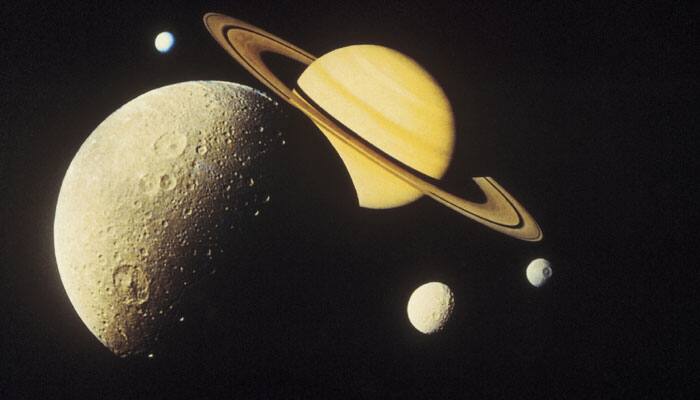Washington: Scientists have recently developed a new method that can help in estimating magnetic field of a distant exoplanet.
According to Science Daily, Kristina Kislyakova of the Space Research Institute of the Austrian Academy of Sciences in Graz together with an international group of physicists for the first time ever was able to estimate the value of the magnetic moment and the shape of the magnetosphere of the exoplanet HD 209458b.
Scientists used the observations of the Hubble Space Telescope of the HD 209458b in the hydrogen Lyman-alpha line at the time of transit, when the planet crosses the stellar disc as seen from Earth.
At first, the scientists studied the absorption of the star radiation by the atmosphere of the planet. Afterwards they were able to estimate the shape of the gas cloud surrounding the hot Jupiter, and, based on these results, the size and the configuration of the magnetosphere.
To make the model more accurate, scientists accounted for many factors that define the interaction between the stellar wind and the atmosphere of the planet: so-called charge exchange between the stellar wind and the neutral atmospheric particles and their ionization, gravitational effects, pressure, radiation acceleration, and the spectral line broadening.
Since direct measurements of the magnetic field of exoplanets are currently impossible, the indirect methods are broadly used, for example, using the radio observations. There exist a number of attempts to detect the radio emission from the planet HD 209458b. However, because of the large distances the attempts to detect the radio emission from exoplanets have yet been unsuccessful.
Kislyakova explained that the planet's magnetosphere was relatively small being only 2.9 planetary radii corresponding to a magnetic moment of only 10 percent of the magnetic moment of Jupiter.
Maxim Khodachenko, a researcher at the Department of Radiation and computational methods of the Skobeltsyn Institute of Nuclear Physics of the Lomonosov Moscow State University, said that this method can be used for every planet, including Earth-like planets, if there exist an extended high energetic hydrogen envelope around them.
The research is published in the Science.
















